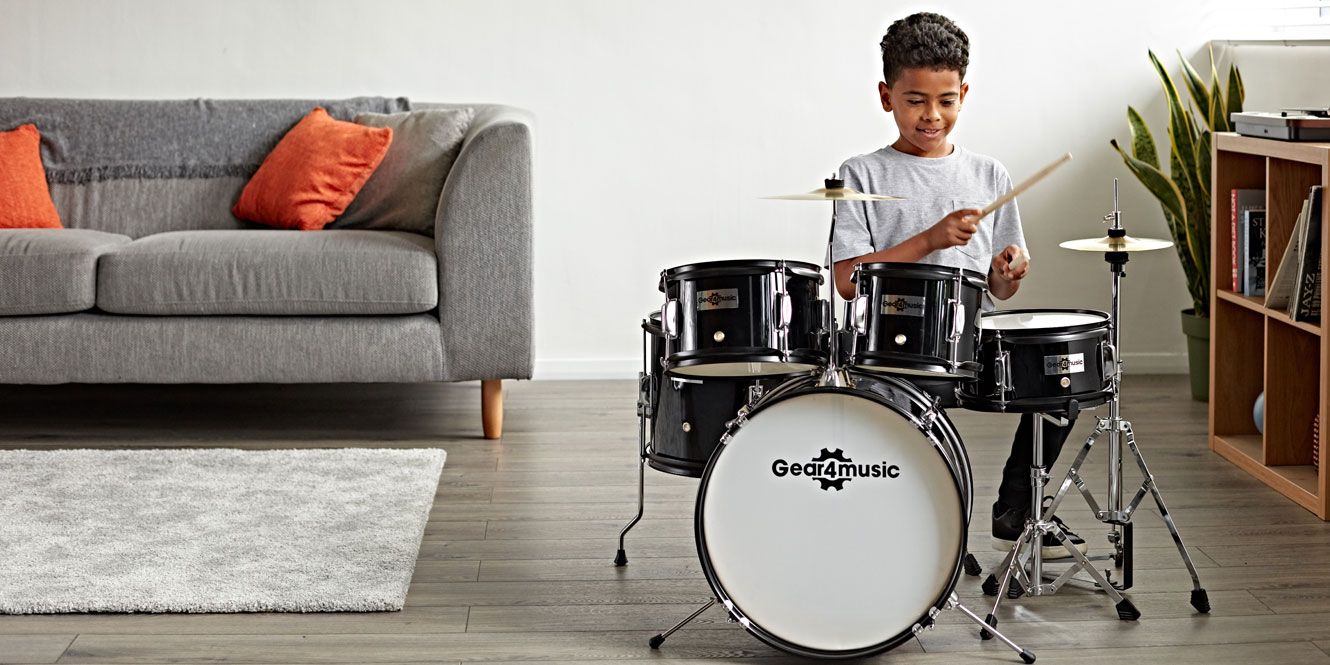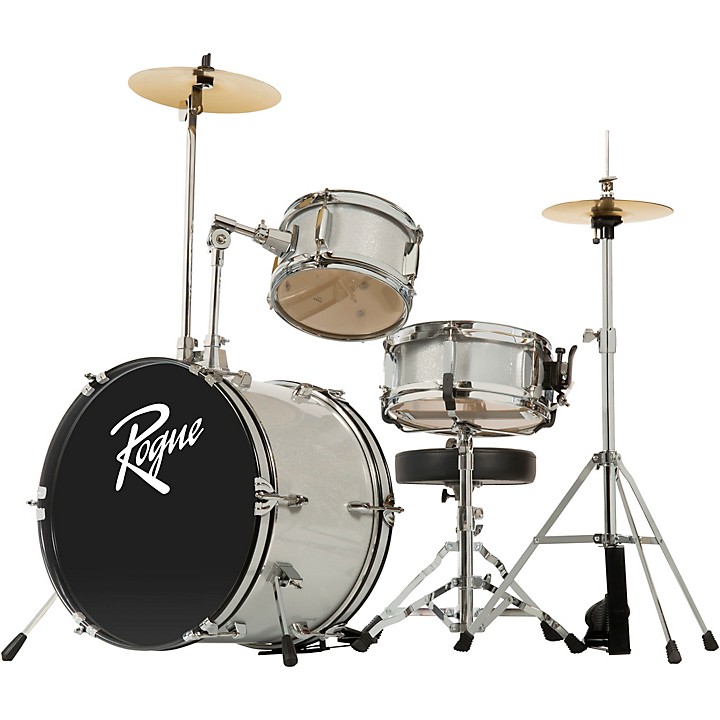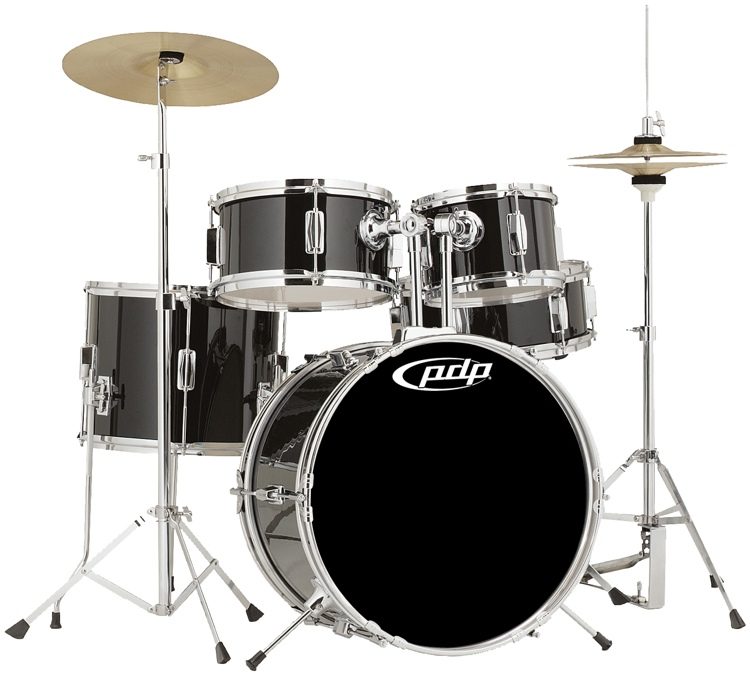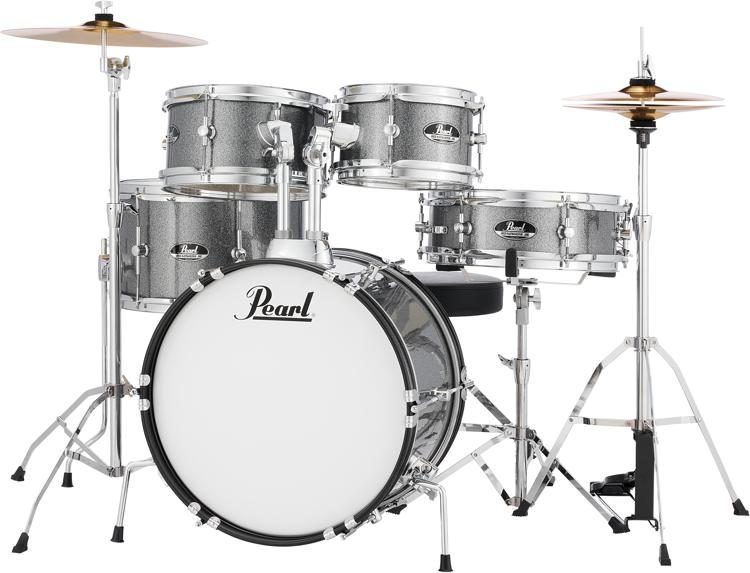Playing a kids drum set is more than just a fun musical experience for children. It can offer numerous educational benefits that can help children develop important life skills. In this article, we will explore four perspectives on the educational benefits of kids drum sets: developing fine motor skills, improving focus and concentration, enhancing creativity, and promoting social and emotional learning.

Developing Fine Motor Skills
Learning to play the drums is a fun and engaging way for children to develop their coordination and control. Drumming involves using both hands and feet in a synchronized manner to hit the drums and cymbals in time with the beat. This repetitive motion can help children develop muscle memory, which is important for building strength in their hands and arms, ultimately improving their fine motor skills.
Improving fine motor skills through playing the drums can have a positive impact on a child’s ability to write and draw. Hand-eye coordination is also improved as children learn to hit the drums and cymbals at the right time. As they progress in their drumming skills, they develop a better sense of rhythm and timing, which can be an important skill for performing physical activities such as dancing, sports, and even walking.
Drumming has been found to be particularly beneficial for children with ADHD, as it helps them improve their focus and attention span. This is because drumming requires a high level of concentration and attention to detail. As children learn to play the drums, they also learn to control their impulses and stay focused on the task at hand.
Playing the drums can be a great way for children to express themselves creatively. As they experiment with different rhythms and sounds, they are able to express their emotions and channel their energy in a positive way. Drumming can also help children build self-confidence and develop a sense of accomplishment as they progress in their skills.
In addition to the physical and emotional benefits, learning to play the drums can also be a fun social activity for children. Drumming with others can help children develop their communication and teamwork skills as they learn to work together to create a cohesive musical performance.
Improving Focus and Concentration
Playing the drums requires focus and concentration. Children need to listen to the beat and stay in rhythm while playing the drums. This can help improve their focus and concentration skills, which can also transfer to other areas of their lives, such as schoolwork and activities.
Moreover, playing the drums can offer an outlet for children who struggle with attention disorders. Drumming can be a calming and therapeutic activity, helping children with ADHD and other attention disorders to focus and concentrate.
Enhancing Creativity
Playing the drums can enhance children’s creativity. A kids drum set offers the opportunity for children to experiment with different sounds, rhythms, and beats, allowing them to express themselves creatively. This can also help them develop their musical abilities and appreciation for music.
Moreover, drumming can provide a sense of liberation and freedom. Children can create their own rhythms and beats, allowing them to express themselves without any inhibitions. This can help them develop their self-confidence and creativity, which can also benefit them in other areas of their lives.
Promoting Social and Emotional Learning
Playing the drums can promote social and emotional learning. Drumming in a group or with others requires communication, collaboration, and teamwork. This can help children develop their social skills and emotional intelligence, such as empathy and self-awareness.
Moreover, drumming can provide an outlet for emotional expression. Children can use the drums to express their emotions, such as anger, sadness, or frustration. This can help them manage their emotions in a healthy and productive way.
In conclusion, playing a kids drum set can offer numerous educational benefits to children. It can help improve fine motor skills, focus and concentration, creativity, and social and emotional learning. Moreover, playing the drum set provides a fun and engaging musical experience for children, encouraging them to explore their musical abilities and appreciate the art of drumming. By playing the drums, children can develop important life skills that can benefit them in various areas of their lives.








